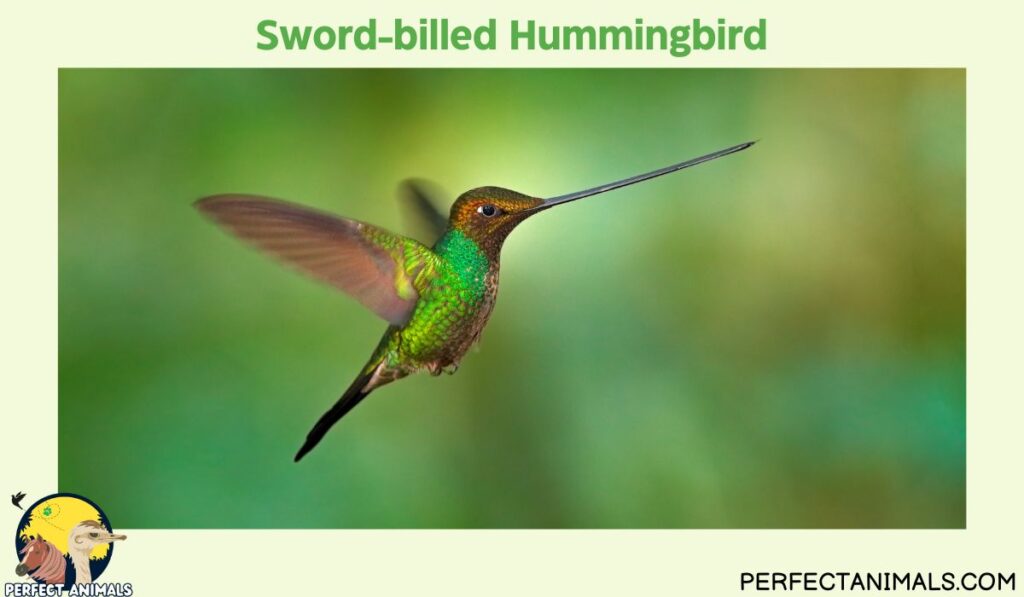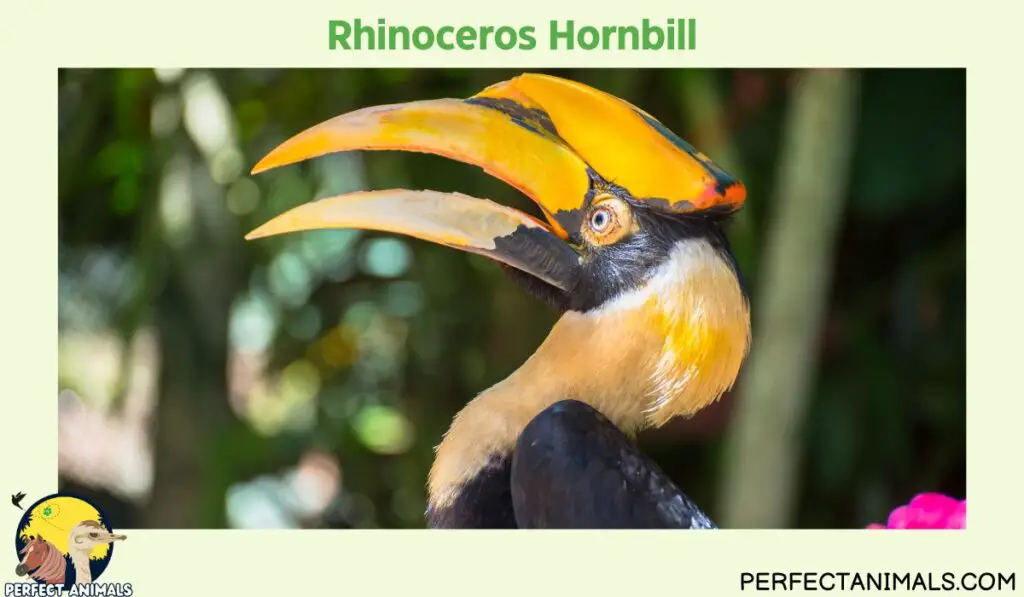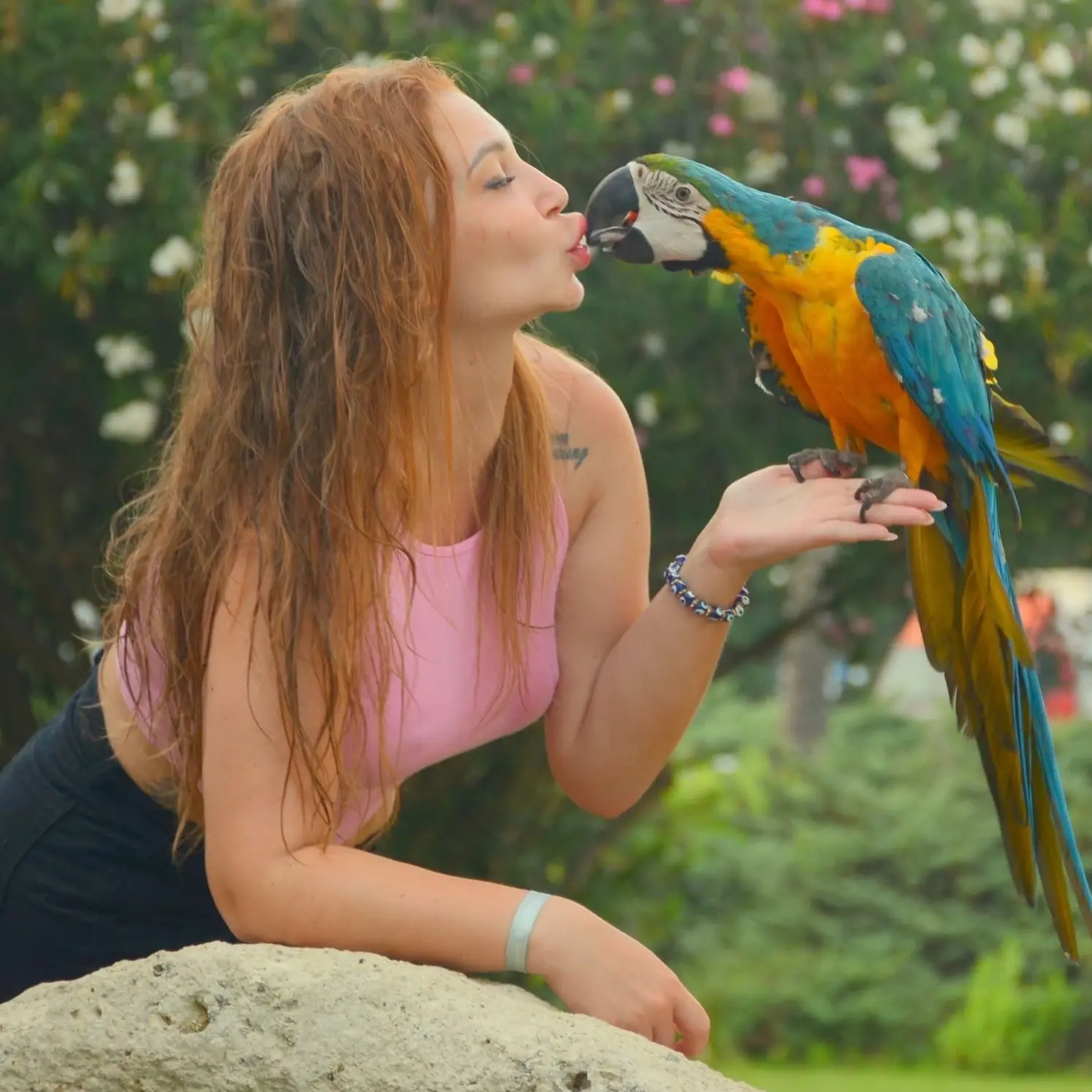Among the over 10,000 species of birds that inhabit the diverse ecosystems of our planet, some stand out for their uniquely impressive beaks.
Several bird groups have evolved elongated, specialized bills to help them expertly access food resources. The length and shape of these beaks match perfectly with the birds’ preferred diets.
In this article, we will highlight some of the most notable birds with long beaks relative to their body sizes.
Ranging from nectar-sipping hummingbirds to giant pelicans, these avian wonders use their lengthy bills to thrive in their niches.
We’ll cover the sword-billed hummingbird with its beak longer than its body as well as massive birds like the showbill stork and toucans.
The extreme bills of these species serve critical roles in feeding, courtship rituals, defending territories, constructing nests, preening, and more.
Read on to learn about seven birds with some of the most extraordinary long beaks in the world.
Birds With Long Beaks
Sword-billed Hummingbird
The Sword-billed Hummingbird is a marvel among birds, recognized for its bill that extends longer than its body.
This unique adaptation, with a bill measuring up to 4 inches or more, sets it apart from other hummingbirds.

This extraordinary beak allows it to reach deep into tubular flowers, extracting nectar that remains inaccessible to other nectar-feeding birds.
The Sword-billed Hummingbird’s bill showcases a remarkable co-evolution with specific flower types, representing a stunning example of nature’s intricate adaptations between birds and flora.
This specialized bill defines its survival strategy, enabling it to thrive in mountainous regions by tapping into a niche of floral resources that are less accessible to other hummingbird species.
Related Article – 10 Amazing Birds With Long Legs
Shoebill Stork
The Shoebill Stork stands out with its unmistakable bill resembling an oversized shoe, a distinctive feature of this fascinating bird.
This awe-inspiring bill, which can reach lengths over 9 inches, is a remarkable tool for its hunting prowess.

In the marshlands of central tropical Africa, the Shoebill displays patience and precision, using its bill to strike lightning-fast at prey, primarily targeting fish, frogs, and even small mammals.
Its unique hunting technique, coupled with the specialized structure of its bill, underscores the Shoebill’s adaptation to wetland environments.
This iconic bird’s bill is a testament to its specialized feeding strategy and survival in its marshland habitat. It is an intriguing subject of study for researchers and nature enthusiasts alike.
Rhinoceros Hornbill
Found in the lush rainforests of Southeast Asia, the Rhinoceros Hornbill is distinguished by its prominent casque resembling a rhinoceros horn atop its bill.
This casque, coupled with a bill that can extend up to 10 inches, serves multiple functions crucial for the bird’s survival.

Beyond its role in gathering fruits and seizing small prey like insects and reptiles, the bill’s resonating sound during calls plays a significant role in communication within the forest canopy.
This intricate bill structure showcases the bird’s adaptability, demonstrating its versatility not only in feeding but also in vocalization and social interactions within its habitat.
The Rhinoceros Hornbill’s bill stands as a symbol of the bird’s ecological importance and adaptation to the diverse rainforest ecosystem of Southeast Asia.
You May Also Like – 9 Owls of Illinois
Toucans
Toucans are renowned for their vibrant and oversized bills, varying in size and coloration across different species such as the Toco Toucan, Keel-Billed Toucan, and others.
These bills, comprising a third of their body length, are surprisingly lightweight due to their hollow structure.

Toucans primarily use their bills to grasp and consume fruits, an essential component of their diet.
Beyond feeding, their bills also aid in thermal regulation, efficiently dissipating excess heat due to the presence of extensive blood vessels.
The diverse shapes and vivid colors of their bills serve not only practical purposes but also play a role in species recognition and mate selection within their forest habitats.
Toucans’ bills represent a unique adaptation, enabling them to thrive in the diverse ecosystems of Central and South America.
Long-billed Curlew
The Long-billed Curlew, known for its distinctive long, down-curved bill often exceeding 8 inches, is a coastal bird showcasing remarkable adaptations for its foraging strategy.

This specialized bill acts as a precise tool for probing deep into mud or sand, seeking out various prey such as crabs, shrimp, and marine invertebrates.
Its uniquely shaped bill signifies its specialization in feeding strategies, allowing it to exploit specific food resources within its coastal habitat.
The length and curvature of the bill are critical adaptations that distinguish the Long-billed Curlew as an indicator species for the health of coastal ecosystems, emphasizing its role in maintaining ecological balance.
American White Pelican
Displaying a notably long bill, the American White Pelican utilizes this distinctive feature for its fishing techniques.
Unlike the pouch-diving brown pelicans, these white pelicans employ a different strategy.

Working in groups, they use their long bills to scoop fish from the water’s surface while swimming together.
This synchronized “corral and scoop” method allows them to efficiently catch their prey.
The elongated bill, often reaching over a foot in length, emphasizes their specialized feeding behavior, showcasing their adaptation for cooperative fishing in freshwater habitats across North America.
The American White Pelican’s bill serves as a testament to its unique foraging strategy and cooperative hunting behaviors in contrast to other pelican species.
You May Also Like – Animals With No Natural Predator
Roseate Spoonbill
The Roseate Spoonbill captivates onlookers with its distinctively spoon-shaped bill, an iconic feature that defines this striking wading bird.

The unique bill, characterized by its elongated, flattened shape, is adapted for sweeping through shallow waters.
This specialized feeding tool aids the spoonbill in its search for aquatic prey, including small fish, crustaceans, and aquatic invertebrates.
With its bill acting as a finely tuned instrument, it sways its head from side to side in the water, skillfully capturing its food.
The spoon-shaped bill serves as a testament to the bird’s specialized foraging strategy and remains a symbol of grace and adaptability in wetland habitats across the Americas.
Great Hornbill
Found in the lush forests of Asia, the Great Hornbill is instantly recognizable by its impressive size and distinctive casque atop its large bill.

This casque, resembling a protruding horn, sits atop a bill that can reach lengths of over 10 inches.
The bill is a multi-functional tool for the hornbill, utilized not only for grasping fruits but also for catching insects, small mammals, and reptiles.
The resonating sound produced by the bill during the bird’s calls contributes to communication within the forest canopy.
The intricate structure and versatility of its bill showcase the Great Hornbill’s role as a key player in forest ecosystems, symbolizing its adaptability and importance in the biodiversity of Southeast Asian rainforests.
You May Also Like – 12 Clever Birds That Eat Spiders
Australian Pelican
The Australian Pelican boasts a long, robust bill, a striking feature that defines this majestic waterbird.

This impressive bill, measuring up to 18 inches in length, plays a pivotal role in its fishing endeavors.
The pelican employs a unique feeding strategy, using its bill as a scoop to capture fish.
With remarkable precision, it plunges its bill into the water, scooping up its prey while allowing water to drain out before swallowing its catch.
The bill’s elongated structure perfectly suits the pelican’s hunting method, reflecting its specialized adaptation for successful fishing in freshwater habitats across Australia.
Black Skimmer
The Black Skimmer stands out with its unusual bill structure, featuring a longer lower mandible that sets it apart from other birds.

This specialized bill adaptation is the key to its remarkable feeding behavior.
During flight, the skimmer skims the water’s surface with its lower mandible, creating a cutting motion.
This unique technique allows the bird to catch fish as it glides over the water, a behavior unparalleled in the avian world.
The elongated lower bill serves as a highly effective tool for the skimmer, showcasing its exceptional adaptation for aerial fishing along coastlines and inland waters of the Americas.
You May Also Like – Amazing Animals With Long Necks
Final Thoughts
The birds we have covered flaunt some of the most impressively elongated and specialized beaks in the avian world.
From tiny nectar-feeding hummingbirds to giant carnivorous pelicans, these birds’ unique bills have evolved to match their dietary preferences and lifestyles.
The extreme length of these beaks would seem to defy functionality, yet they are precisely what enables each species to occupy its niche.
While the sword-billed hummingbird, shoebill stork, hornbills, toucans, curlews, pelicans, and spoonbills we discussed represent some standout examples, many more bird species have relatively long bills compared to their body sizes.
The longest beaks have adapted for specialized feeding, but even moderately long bills serve important purposes like preening, nest construction, courtship displays, defending territories, and protecting eggs and chicks.
These specialized birds with elongated beaks fill fascinating and important roles in the ecosystems they inhabit.
Their unique appearances and behaviors continue to captivate ornithologists and bird enthusiasts alike.
The next time you see an interesting bird, take a closer look at its bill – it may well tell an intriguing story about the species’ evolution and ecology.
Resources – (for further reading)
Wikipedia – Sword-billed hummingbird | Shoebill | Rhinoceros hornbill
National Geographic – Toco Toucan
All About Birds – Black Skimmer | Roseate Spoonbill Identification | American White Pelican Identification

Lisa W. is a devoted bird lover, especially fond of her pet macaw, Sakkari. With a multitude of pet birds, she’s well-versed in bird care and behavior. Lisa has actively contributed to bird conservation and habitat restoration through her published research papers. She passionately shares her insights by crafting engaging articles for our site.

